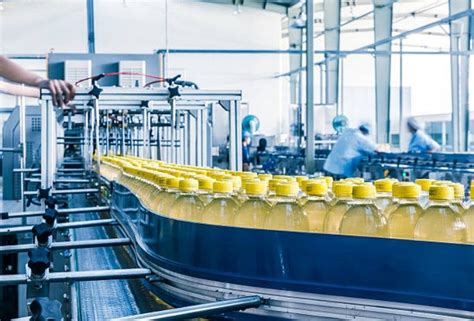The Complete Guide to Food and Beverage Filtration
Filtration plays a crucial role in ensuring the safety, quality, and appeal of food and beverages. From removing undesirable particles to clarifying liquids, filtration techniques are vital across the entire food and beverage production process. This comprehensive guide will explore various filtration methods, their applications, and the importance of selecting the right technique for optimal results.
Understanding the Importance of Filtration in Food and Beverage Production
Filtration is not merely a cosmetic step; it's a critical process impacting:
-
Safety: Removing harmful microorganisms like bacteria, viruses, and parasites is paramount for preventing foodborne illnesses. Filtration ensures products meet safety standards and regulations.
-
Quality: Filtration enhances the clarity, color, flavor, and overall aesthetic appeal of food and beverages. Removing unwanted sediment, cloudiness, and off-flavors leads to a superior consumer experience.
-
Shelf Life: By eliminating spoilage microorganisms and contaminants, filtration extends the shelf life of products, reducing waste and optimizing supply chain management.
-
Process Efficiency: Efficient filtration prevents equipment clogging, reducing downtime and maximizing production efficiency.
Types of Filtration Techniques Used in Food and Beverage Processing
Numerous filtration methods cater to the specific needs of various food and beverage products. Here are some key examples:
1. Microfiltration (MF): This membrane filtration method removes larger particles, such as bacteria, yeast, and spores. It's commonly used for clarifying juices, beer, and wine.
2. Ultrafiltration (UF): UF membranes have smaller pores, capable of removing smaller particles like proteins and colloids. This is often used in dairy processing, clarifying fruit juices, and concentrating proteins.
3. Nanofiltration (NF): NF offers even finer filtration, removing dissolved salts, sugars, and other small molecules. It’s used for water purification, desalination and softening in beverage production.
4. Reverse Osmosis (RO): RO is a high-pressure process that forces water through a semipermeable membrane, effectively removing almost all dissolved solids. This is crucial for producing highly purified water for beverages.
5. Depth Filtration: This method uses a filter medium with multiple layers to trap particles throughout the depth of the filter. It's often employed for removing larger particles and improving clarity in beverages. Common media include diatomaceous earth and activated carbon.
6. Cross-Flow Filtration: This technique involves tangential flow of liquid across the filter membrane, minimizing clogging and enhancing filtration efficiency. It's ideal for high-volume applications.
Choosing the Right Filtration Method
The optimal filtration method depends on several factors, including:
- The specific product: The type of food or beverage dictates the necessary filtration level and technique.
- Desired outcome: The goals, such as removing microorganisms, improving clarity, or concentrating specific components, guide the choice of filtration.
- Throughput requirements: High-volume production requires efficient, high-capacity filtration systems.
- Cost considerations: Different filtration methods involve varying capital and operational costs.
Maintaining Filtration Systems for Optimal Performance
Regular maintenance is crucial for ensuring the effectiveness and longevity of filtration systems. This involves:
- Regular cleaning and sanitization: Preventing filter clogging and contamination is vital for maintaining hygiene and efficiency.
- Periodic filter replacement: Used filters lose their effectiveness over time, requiring timely replacements.
- System monitoring: Regular checks on pressure, flow rate, and other parameters indicate system performance and potential issues.
Conclusion
Filtration is an indispensable part of producing safe, high-quality food and beverages. Understanding the various filtration methods, their applications, and the importance of maintenance is critical for manufacturers aiming to optimize their production processes and deliver superior products to consumers. By carefully selecting and maintaining appropriate filtration systems, businesses can ensure product safety, enhance quality, and improve overall operational efficiency.
